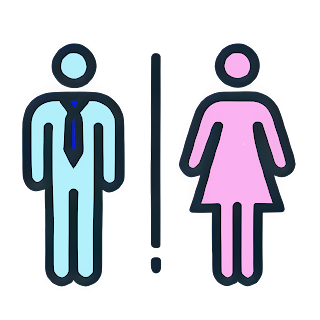🚆 Subway Etiquette and Useful Tips for Foreign Tourists in Korea 🇰🇷 🚆
Korea's subway system is one of the most efficient, clean, and convenient public transport networks in the world. To make your subway experience smoother and more enjoyable, here are some important etiquette rules and useful tips you should know!
 |
| Korean subway useful tips |
🔹 1. Subway Etiquette in Korea 🔹
✅ 1) Give Up Priority Seats to the Elderly, Pregnant Women, and Disabled People
-
In every subway car, the seats at both ends are reserved for the elderly, pregnant women, and disabled passengers.
-
Even if the seat is empty, it's considered rude for young, healthy people to sit there.
-
Some subway cars also have pink seats for pregnant women—please leave them vacant.
✅ 2) Keep Quiet & Respect Others' Personal Space
-
Avoid talking loudly, especially on the phone.
-
If you need to take a call, speak quietly and briefly.
-
During rush hours, try to minimize pushing and respect personal space.
✅ 3) Wait in Line & Let People Exit First
-
Stand behind the yellow waiting lines on the platform.
-
Wait for passengers to exit first before boarding the train.
-
Pushing into the train before others get off is considered impolite.
✅ 4) Eating and Drinking is Not Allowed
-
Food and drinks are not allowed inside subway trains.
-
Chewing gum or having water is fine, but avoid strong-smelling food.
✅ 5) Stand on the Right, Walk on the Left (Escalator Etiquette)
-
On escalators, stand on the right side and leave the left side open for those in a hurry.
-
In some cities like Busan, this rule may be reversed, so watch what locals do!
🔹 2. Useful Tips for Using the Korean Subway 🔹
✅ 1) Get a T-Money or Cashbee Card
-
A T-Money or Cashbee card is a prepaid transportation card used for subways, buses, and even taxis.
-
Where to Buy: Available at convenience stores (GS25, CU, 7-Eleven) and subway stations.
-
Recharge at ticket machines or convenience stores.
-
It’s cheaper and more convenient than buying a single-use ticket every time!
🔹 Transfer Benefits
-
If you use a T-Money or Cashbee card, you can transfer between subways and buses for free (within 30 minutes).
-
If you buy a single-use subway ticket, you cannot get transfer benefits when switching to a bus or another subway line.
-
Tip: Always tap your card on the sensor when exiting to ensure proper fare calculation.
✅ 2) Use Subway Apps for Easy Navigation
-
Recommended Apps:
-
Naver Maps (English available)
-
KakaoMetro (Real-time train info)
-
Subway Korea (Great for tourists)
-
-
Apps show real-time train schedules, transfer routes, and station exits.
✅ 3) Free Wi-Fi & Charging Spots
-
Free Wi-Fi is available at most subway stations.
-
Some subway cars offer Wi-Fi & USB charging stations near the doors.
-
Tip: The internet may be slower underground, so download maps or directions beforehand.
✅ 4) Avoid Rush Hours
-
Morning: 7:30 AM - 9:00 AM
-
Evening: 6:00 PM - 8:00 PM
-
Trains get extremely crowded, especially in Seoul and Busan.
✅ 5) Use the Correct Exit
-
Korean subway stations can be huge, with multiple exits.
-
Use navigation apps to find the right exit for your destination (e.g., Exit 5 for Myeongdong Shopping Street).
-
Some stations have underground malls—great for shopping and avoiding bad weather!
✨ Conclusion ✨
Following these etiquette rules and useful tips will make your Korean subway experience smooth and enjoyable. Whether you're exploring Seoul, Busan, or any other city, the subway is a safe, affordable, and efficient way to travel.
📌 Have you used the Korean subway before?
Share your experience in the comments! 😊🚇






